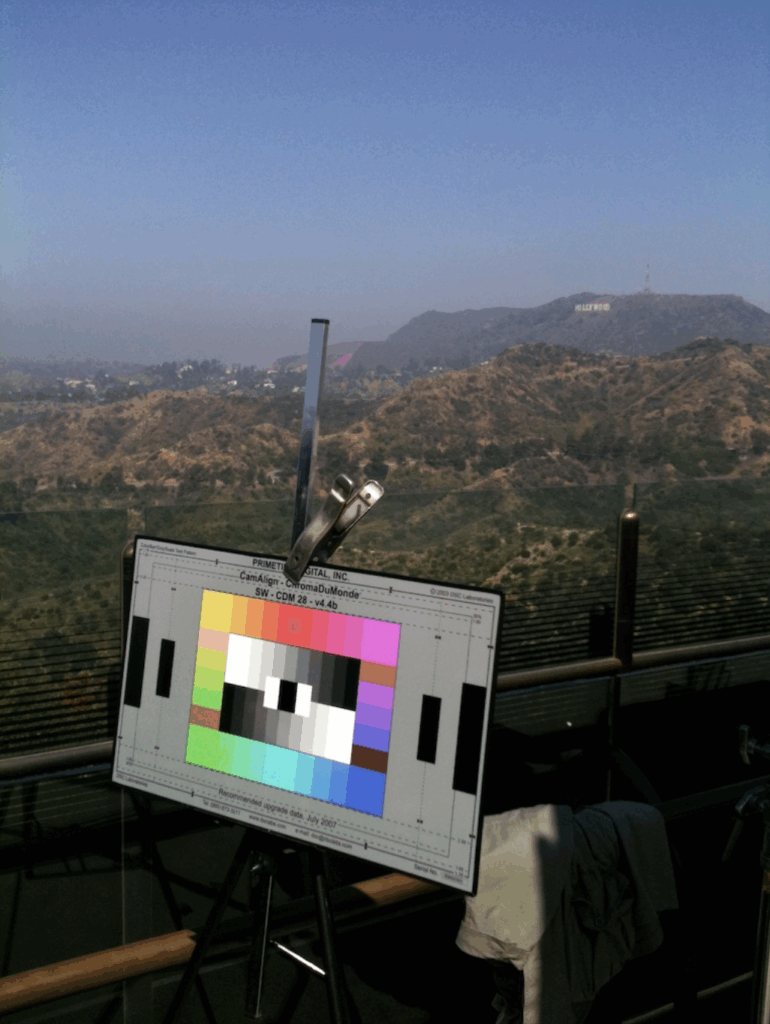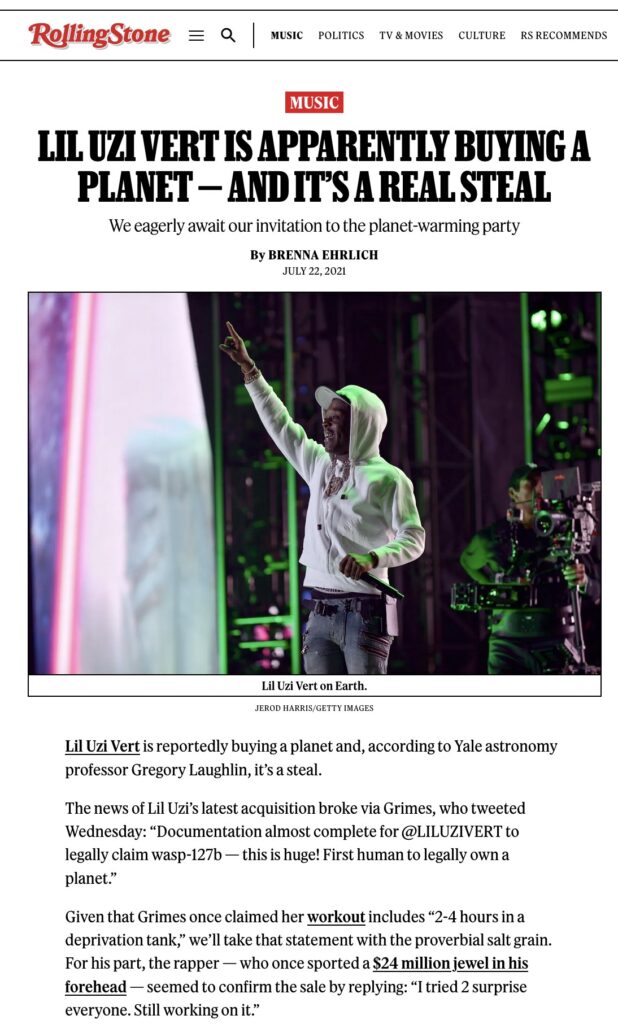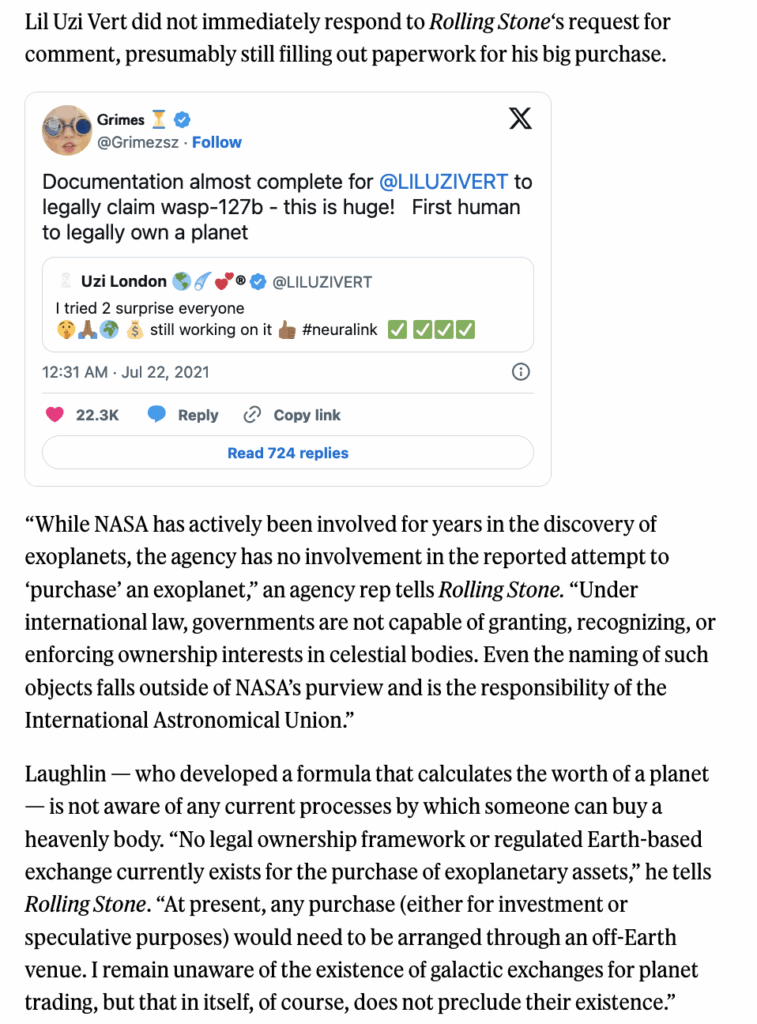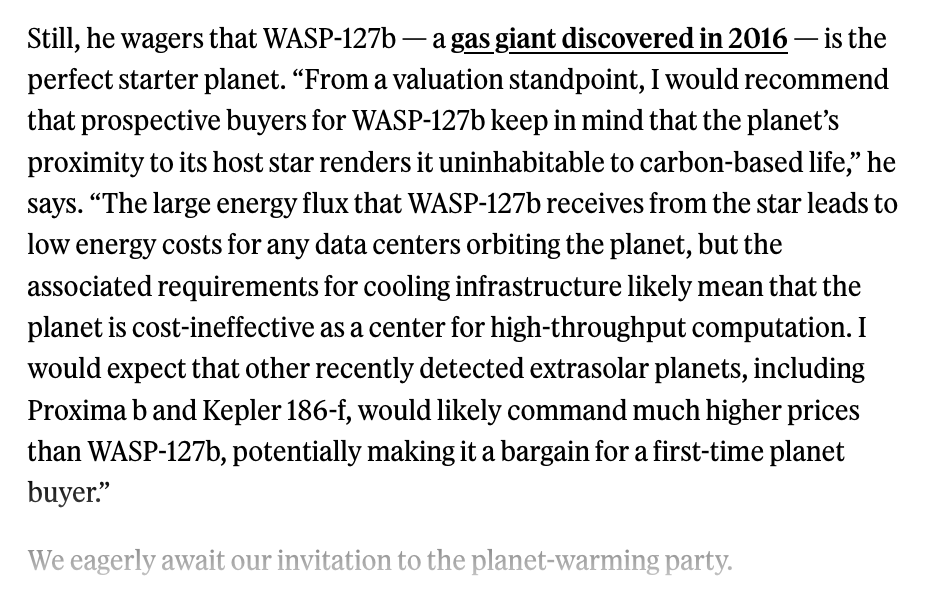
I used to tell my Ph.D. dissertation students that if you stick it out with the astronomy, the odds are fairly high that at some point you’ll get swept up more or less randomly into a Warholian vortex of notoriety. That phenomenon was certainly on display week before last when a formerly obscure researcher at Cambridge University pyramided his bumpy JWST spectrum into dimethyl sulfide and an algae-covered world that merited push notifications across the global media ecosystem.
My own fifteen minutes arrived back in January 1997 when Fred Adams and I were tapped to do an American Astronomical Society press conference on the End of the Universe. At the time, my mind was appropriately blown when I looked out at that modest sea of reporters and cameras. It was surreal to contemplate that a two-decade drought in press mentions that had begun with the 1977 story in the Champaign-Urbana News Gazette about how I’d been named Paper Route Carrier of the Month had abruptly ended with me holding forth about the Dark Era on the front page of the New York Times.
Charged with youthful energy, I was able to parlay that 1997 story into a multi-year stop-n-go career on the swampy fringes of public intellectualism. A museum talk with Philip Glass about the “music of the spheres”. A History Channel episode on the speed of light that featured a segment with some Shot Show promoters at a gun range in the Inland Empire. Extended back-and-forth wrangling over whether or not ‘Oumuamua is made of hydrogen ice.
What I’m proudest of, though, is that I ended my run on the pages of Rolling Stone in the company of Lil Uzi Vert.



